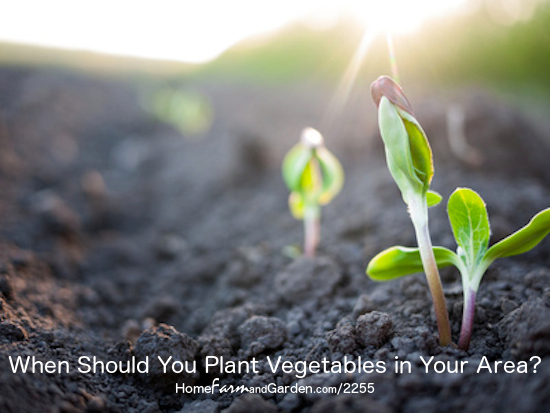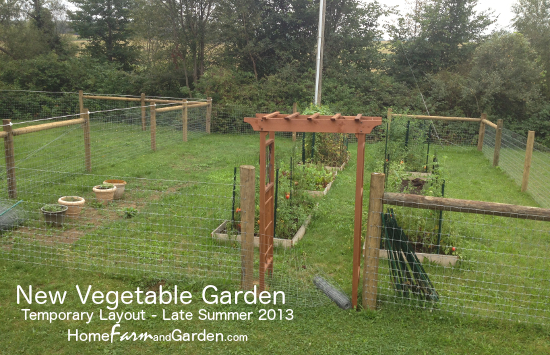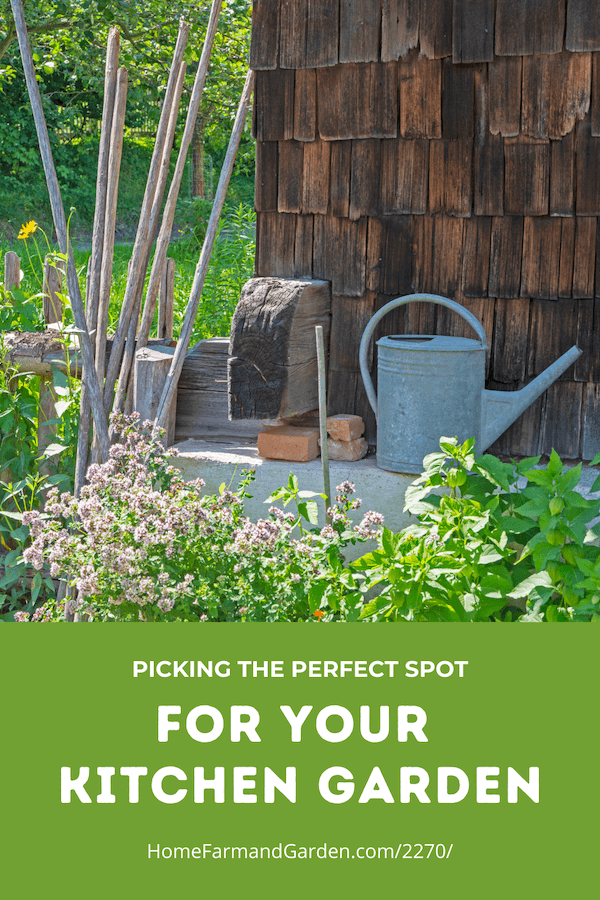It’s hard to believe it was over 80 degrees just two short days ago. Today is blustery and cold… and a thin dusting of snow lies on the ground.
The birds seem as confused by this sudden turnaround as I am. As the snow swirls and spins around them, they continue belting out their happy songs of spring.
I wish I could muster some of their enthusiasm. 🙂
Rumor has it, we’ll be back in the 60s within a day or so. Such is life in northeast Ohio.
Of course, extreme fluctuations in temperatures this time of year are nothing new. In fact, they can be counted on with certainty each year as Mother Nature attempts to shake off the heavy cloak of winter in favor of Her new spring wardrobe.
As a vegetable gardener, you either learn to work with these changes – or you’ll accumulate a lot of dead plants along the way. Following are some tips on figuring out when is the best time to plant in your area.
Figuring out when to plant vegetables in your area requires a little detective work. In addition to your geographic location, you’ll need to consider a few other variables, as well. For example, the type of vegetables you plan to grow and how you intend to plant them (seedlings, transplants or seeds) will factor into when you should get your crops in the ground, as well.
If you live in an area with distinct seasons, your vegetable growing season will fall loosely between your anticipated frost-free date in the spring and the first hard frost in the fall.
Unless you have a crystal ball, it is next to impossible to predict these dates with absolute certainty.
Fortunately, there are some valuable – and free – online resources you can check for general guidelines. A quick online search for “frost-free date” + your geographic area should give you a good idea of when it might be safe to plant in your region.
Of course, the published frost-free date for your area doesn’t take into account unexpected late season snow storms or unseasonably cold temperatures. However, if you wait until after the expected frost-free date for your area AND for the daytime soil temperature to reach 65 degrees or warmer, you should be in good shape.
Gardening Tip: If you want to warm up your soil faster, you can cover your planting beds with dark plastic sheets for several weeks prior to planting.
As you develop your garden planting timeline, think of these two important dates as virtual “bookends” around your prime vegetable growing season. However, if you start seeds indoors or protect your plants from cold temperatures with mulch, cold frames, row covers or mini-hoop houses, you can extend your growing season even further.
Don’t Ignore “Days to Maturity” for Your Selected Plants
As you’re deciding when to plant vegetables in your garden, pay close attention the “days to maturity” information noted on the seed packages or plant markers for the vegetables you’ve selected. This number, which is often expressed as a range of days, tells you how long it will take until that plant is ready to harvest.
This is important to know because some vegetables reach maturity much faster than others. For example, radishes, lettuce and baby carrots can be ready for harvest just 30 days after they are sown as seeds. On the other hand, some pumpkin varieties can take a full 120 – 160 days before they reach maturity.
The “days to maturity” for a particular vegetable variety gives you an idea of how early you need to get that plant into the ground if you want it to reach maturity before your first hard frost date.
It also tells you how late in the season you can plant certain crops. For example, you can’t wait until late summer in northern climates to plant pumpkins seeds that require 160 days to mature. On the other hand, you can plant fast-growing lettuce varieties with confidence until 30 days or so before your expected last frost date.
Learning when to plant vegetables in your area is worth the effort. Knowing when your prime growing season begins and ends – and how you can get the most out of it – will make you a much more successful food gardener. It will help you decide which vegetables to grow and how to help those varieties thrive in your garden.
Til Next Time,
PS Let’s keep in touch! If you liked this article and found it useful – use the form below to get updates on new articles just like it!

 Tips for Succession Planting Success
Tips for Succession Planting Success